Tag: 談文說藝
-
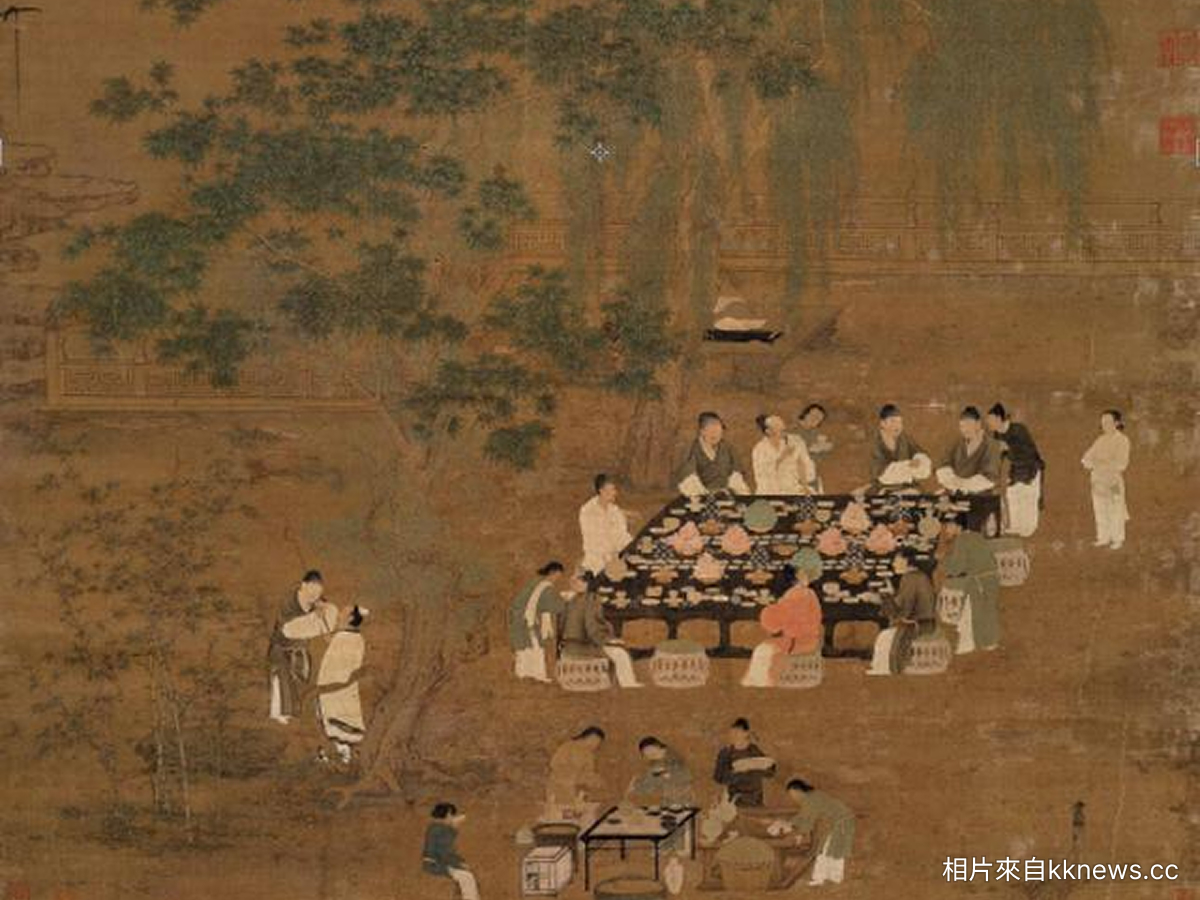
Episode 209: Huang Binhong’s Works (6)
From the perspective of Chinese painting, Huang Binhong’s works can be seen reflecting and resonating with Western Impressionist art. However, new-generation painters such as Wu Guanzhong have been highly critical of Huang Binhong’s paintings, describing them as monotonous and meaningless. Wu Guanzhong emphasized composition and modern expression, believing that brushwork should progress with the times.…
-
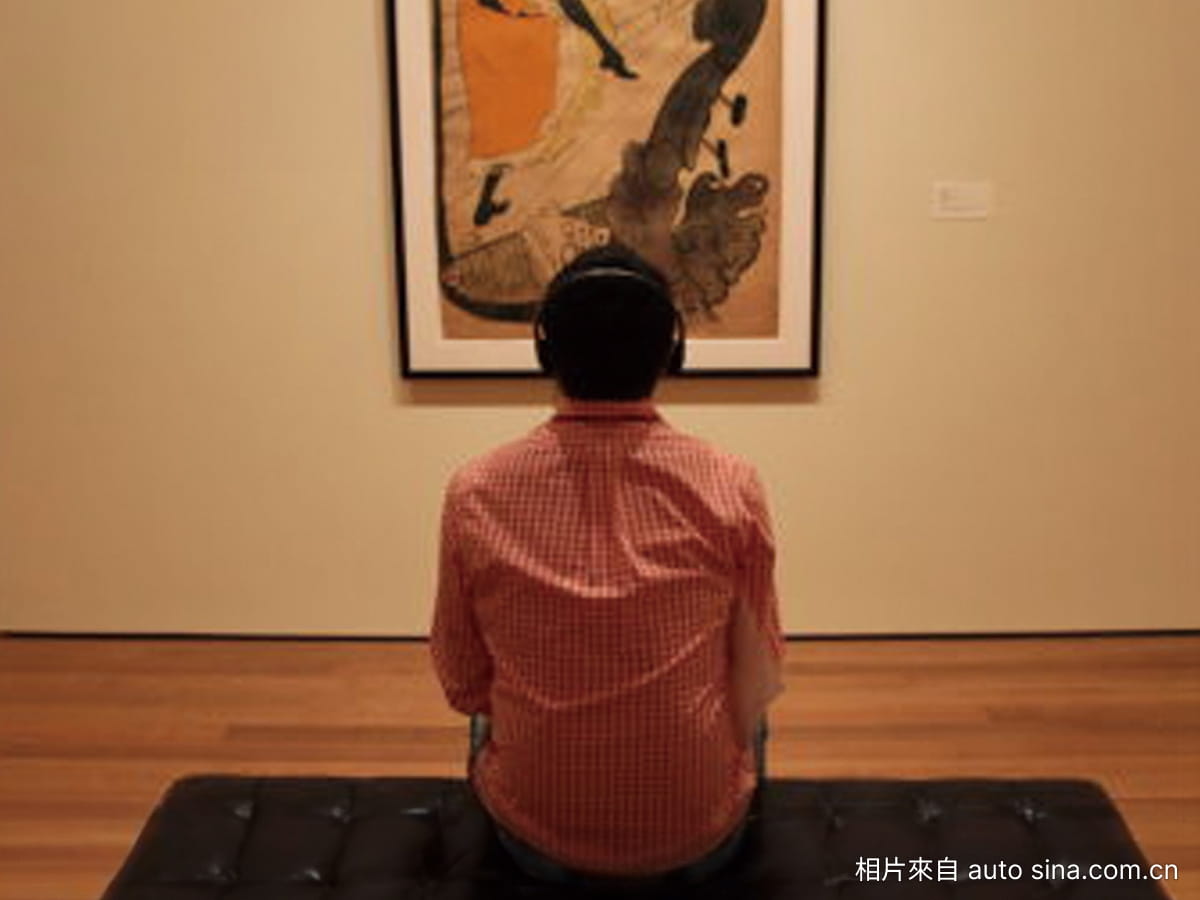
Episode 208: Huang Binhong’s Works (5)
Even if Chinese landscape painting did not reach the modern heights of Huang Binhong, classical landscape paintings actually already contained elements of Impressionism. For example, as previously introduced, Fan Kuan’s use of “raindrop texture strokes” expresses the form of mountains—when viewed up close, the details may not be clear, but from afar, one can immediately…
-
.jpg)
Episode 206: Huang Binhong’s Works (3)
In the previous episode, we mentioned that Huang Binhong is regarded as the Van Gogh of China, with Van Gogh being a representative of Impressionism. This is because Huang frequently uses thick lines in his work. Western Impressionists also tended to use bold brush strokes, resulting in fewer fine lines. Impressionist paintings appeared before Huang…
-
.jpg)
Episode 205: Huang Binhong’s Works (2)
From a worldly perspective, larger items may seem more valuable. However, smaller paintings are often harder to control than larger ones because, with bigger works, one can still make corrections, while the artistic value of smaller paintings can sometimes be higher than that of larger ones. Taking Qing Dynasty porcelain as an example, the taste…
-
.jpg)
Episode 204: Huang Binhong’s Works (1)
The auction industry has its regular business as well as its shady activities. Auction houses engage in fake bidding and selling of forged items, and industry insiders can see it clearly. The reasons why they keep silent are: first, it’s not their business; second, they don’t want to offend others. When you are invited to…
-

Episode 201: Appraising Artworks (22)
The previous episode mentioned that although couplets started in the Qin Dynasty, they became popular in the mid-Song Dynasty, and flourished greatly in the Ming and Qing dynasties. The couplets in the Dream of the Red Chamber were said to be from the Tang Dynasty, but they contained text, when couplets at that time were…
-
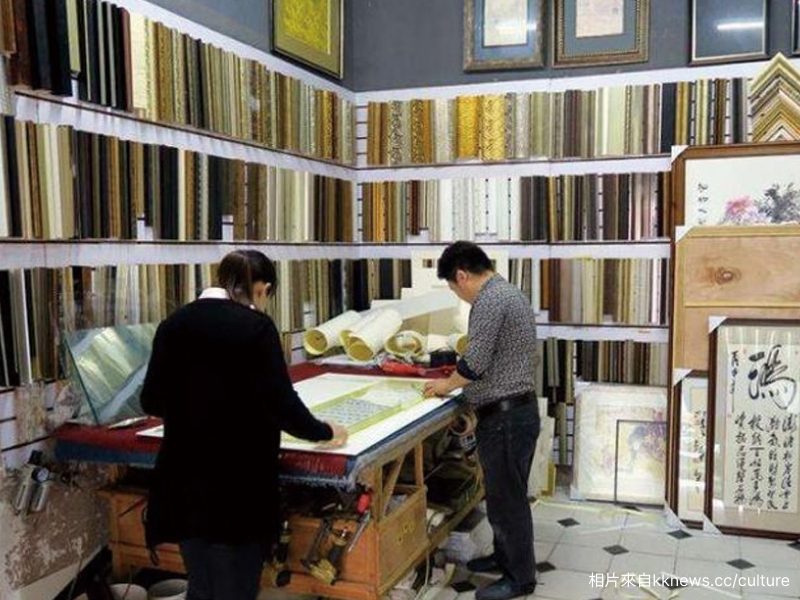
Episode 200: Appraising Artworks (21)
This episode will focus on understanding the different parts of a mounted painting. The most popular traditional Chinese mounting method is the hanging scroll, which is a vertically displayed mounting form, appearing as a long strip, so the composition and text are also mostly arranged vertically. However, handscrolls are more expensive, as they are a…
-
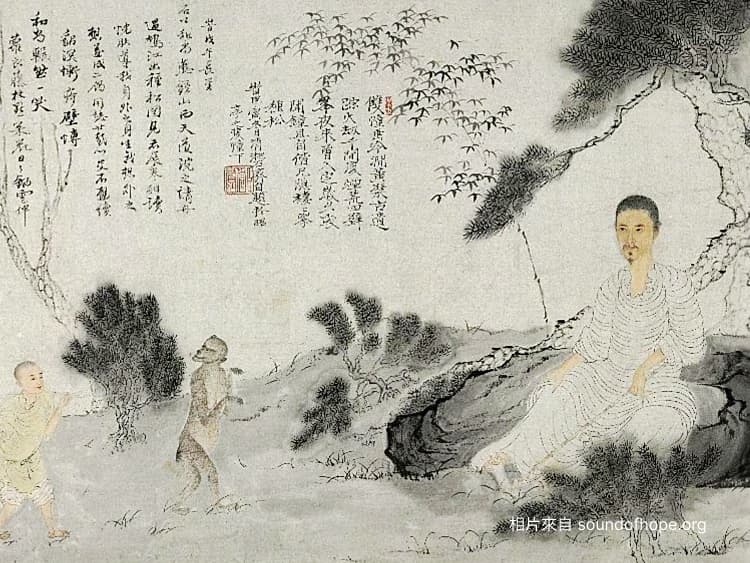
Episode 199: Appraising Artwork (20)
In the last episode, we mentioned that both paper and silk have raw and cooked versions, and good cooked paper becomes more densely fibrous and more absorbent after processing. Papermaking technology flourished more in the Yuan dynasty and the quality was better. The use of ink in painting also evolved later, with masters like Shi…
-
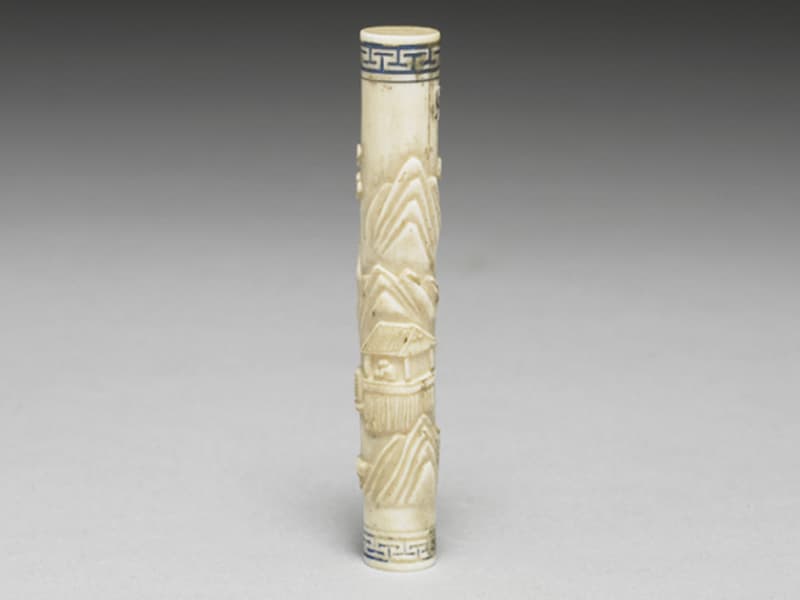
Episode 197: Appraising Artwork (18)
This episode will discuss the writing brush among the Four Treasures of the Study (paper, brush, ink, and inkstone). In the previous episode, we mentioned the close relationship between paper and brush. Chinese brushes are made of woven animal hair, which is quite rare compared to other countries. The earliest discovered brushes were found in…
-
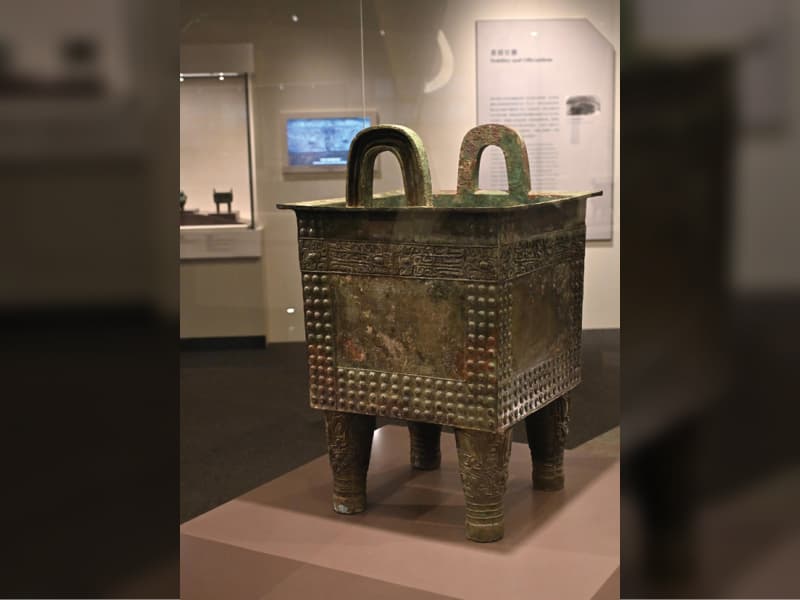
Episode 196: Appraising Artwork (17)
Paper is a crucial method of authentication. Currently, the prices of Chinese paintings and calligraphy are approaching those of Western artworks. As the saying goes, where there are great rewards, there will be brave men. Over the past 20 years, many talents have emerged among art students in China. If these individuals try to imitate…
